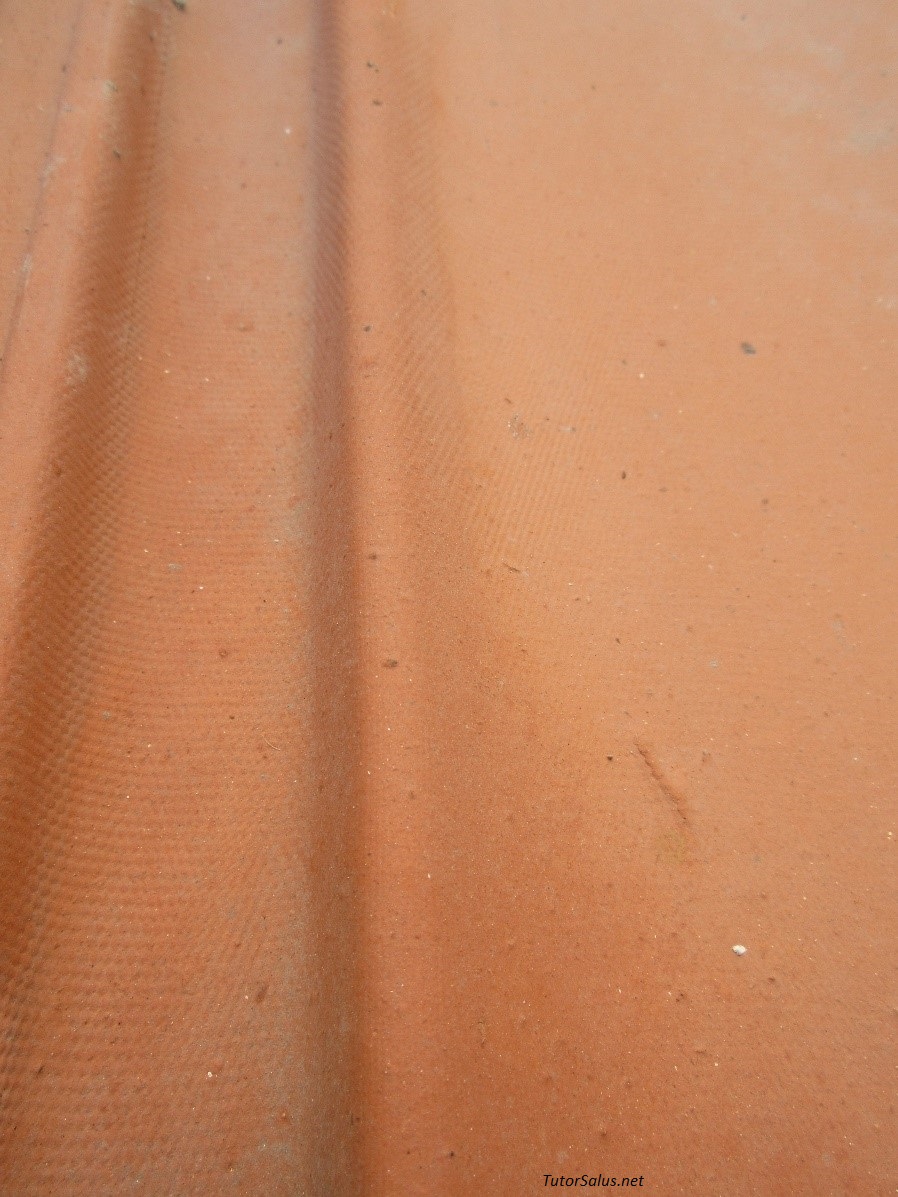Heroes, or society.

The sound waves spread mechanically, allowing themselves to be modified by the surfaces they encounter. But the human listening doesn’t work the same way.
The engineer Yasuhisa Toyota maybe is not commonly known, even if the industry experts have been fighting for him it’s a number of years : as a matter of fact, his professional CV places him among the rare excellences in the construction of buildings at high acoustic quality[1]. Owner of ‘Nagata Acoustic’, the engineer Yasuhisa Toyota has been called to take care the restructuring of what was the ‘Meeting Hall’ at the Palazzo dell’Arte in Cremona, made between 1941 and 1942 by the rationalist architect Carlo Cocchia.
Today the Auditorium[2] - dedicated to the entrepreneur Giovanni Arvedi[3] and opened to public in 2013 – is provided with an excellent sound diffusion and with a minimum time of reverberation of sound, so proving its excellence.
It is remarkable that, during the analysis for the preparation of the project, engineer Yasuhisa had to point out the very bad acoustics in the room – even conceived and wanted to favour the communication between the then Fascist government and the top executive officials, called to operate directly on the territory – while he was, as a simple technician, in the uncomfortable but necessary position of revealing a secret which perhaps had to remain so, between the then designer and the client town.
Cremona infact – and little we know about – preferred as far as possible to distance the regime guidelines from the citizens, also resorting to unassailable sorties, such as histories know : the ‘Meeting Hall’, even if prepared for listening was instead quite insufficient in favouring the sound persuasion of a multitude.
And this is where the choice of architect Carlo Cocchia, as a designer in charge of the execution, appears to be suddenly critical, or maybe strategic at the right moment, as the esteemed Naples professor – who in II World War would have been imprisoned and then would have co-built the Central Station and the St. Paul Stadium in Naples, and also some well done popular Districts in the city, the Power Plant on Volturno river and other civil works in Rome and elsewhere – had however a deepest experience in the field of the civil buildings : but “the subversive shot didn’t belong to him, or the avant-garde experimentation… He worked on definite historic and historiography documents, he disregarded what was not verifiable, he avoided the rhetoric… Right in that sense he has been a builder… The districts of cheap and popular construction are made with unexpected diligence compared to the time pointing out a recovery of the private construction business… ”[4]
The inspections made by ‘Nagata Acoustic’ in the ‘Meeting Hall’ of the ‘Palazzo dell’Arte’ – which can be still admired for its original façade interwoven with bricks only – proved the insufficience of the whole space, compared to the goal of comfortable hearing : we like to imagine engineer Toyota while he was thinking and evaluating the calculations, and then suddenly cheering at the bold intuition.
The foundations too much buried were the real responsible for the narrow space of the hall!!
Yes, but due to which illogical reason – the technician perhaps wondered – they have been built that way ?
If, since the beginning they would have been shorter in the stage are, that would have allowed a much better quality of the whole acoustics, without increasing the construction risks.
The final result confirmed the predictions made by engineer Toyota and today the Auditorium designed by the rationalist Carlo Cocchia in 1942 is also an excellent live recording studio for live concerts, with requests and reservations from all over the world.
You can almost think that those two men have been making an appointment… But, over the centuries can it ever be possible ?
Sometimes what doesn’t come to mind !
Marina Bilotta Membretti / Cernusco sul Naviglio - May 16, 2021
[1] Considered by now one of greatest specialist in the world, Yasuhira Toyota has been project leader of more than 50 concert halls in different Countries.
[2] The construction of the Auditorium is the result of a cooperation of the project team of ‘Arkpabi’ – Architects Giorgio Palù e Michele Bianchi, Polytechnic of Milan.
[3][3] Giovanni Arvedi of Cremona, began his entrepreneurship in 1963 : in 1973 the ‘Acciaieria Tubificio Arvedi’ was established in Cremona. In 1983 he worked, at the invitation of the Minister of Industry, to draw up the ‘Piano nazionale dell’industria dei tubi saldati e senza saldatura’. In 1989 he was named president of the Industry Association of Cremona.
[4] ‘Museo virtuale’, ‘Carlo Cocchia’ in ‘Istituto di Studi Superiori di Progettazione’/ Napoli www.issp.it